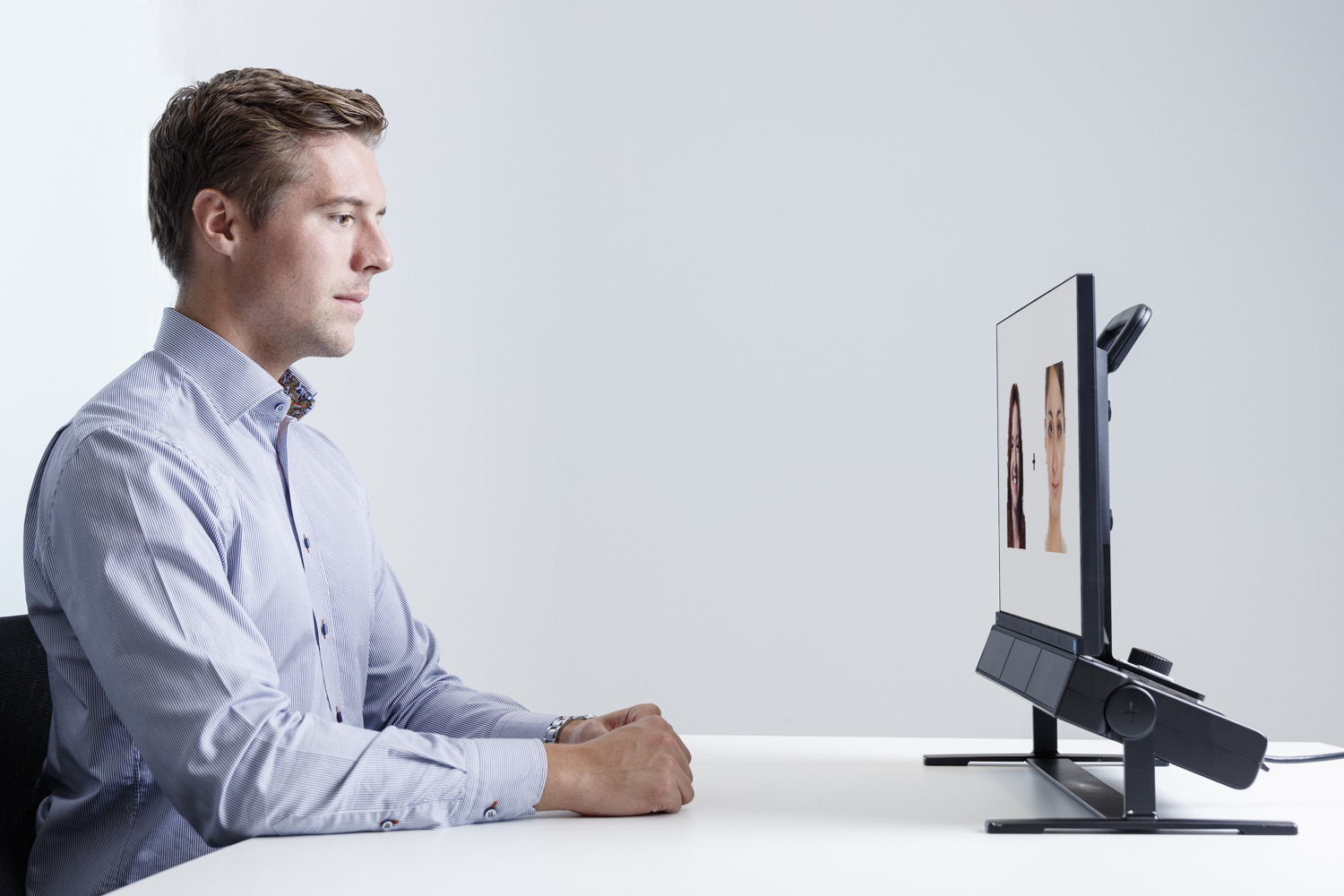Tobii Takes Eye Tracking Into The Research Lab
We’ve been tracking Tobii for some time, as the company has sought to bring eye-tracking technology into the gaming mainstream. Those efforts remain core to the company’s mission, but it’s also pushing into the research space with its Tobii Pro Spectrum eye tracker and accompanying Tobii Pro Lab software.
Research, Not Gaming
The Tobii Pro Spectrum is significantly more powerful than the gaming-oriented eye tracking hardware we’ve seen used with gaming laptops. This is, in fact, a case of tech being used for more than fun and games. Tobii Pro is all about researching human behavior. When people look at something, eye tracking data can tell researchers what people are paying attention to, how they make decisions, and so on.
If your Minority Report alarm is going off, you’re surely not alone. You can imagine this research being used by advertisers to figure out the best way to get you to find their Thing on a webpage, which isn’t the worst thing in the world, or, if the trackers are installed on kiosks in stores, they could track what you’re looking at as you walk by. That's not so great.
But that’s a narrow application. In a press release, Tobii posited that its new technology can be used “within fields such as neuroscience, infant and child development, psychology, linguistics, reading and ophthalmology.” The eye-tracking data can even be paired with other biometric data such as EEG (brain), GSR (skin/sweat response), or ECG (heart), as well as motion capture information, for a more comprehensive look at what the data can tell us.
The Tobii Pro-enabled research will certainly inform the gaming wing of the company, but more importantly, it will affect the Tobii Dynavox division, which uses the eye-tracking tech (among other technologies) to give people with limiting illnesses or disabilities effective input methods for communicating or using computers.
Tobii Pro’s better technology means better research which begets better solutions all around.
The Hardware
Speaking of the technology, the Tobii Pro Spectrum is quite a device. For starters, it’s huge compared to the long, thin trackers Tobii employs for gaming--a big black box mounted under a 24-inch monitor (the monitor is part of the kit) and pointing upwards at an angle. It has two eye-tracking cameras that operate at 600Hz, “each capturing up to 600 images per second from both eyes,” according to Tobii.
Get Tom's Hardware's best news and in-depth reviews, straight to your inbox.
Tom Englund, President of Tobii Pro, told Tom’s Hardware that this results in 0.4-degree accuracy. The Tobii Pro Spectrum can track eye movements even under less than ideal situations. For example, it can track the eye movement even of infants, toddlers, and fidgety children; people with contact lenses, glasses, or heavy makeup; and under poor lighting. It can also track "minute eye movements such as saccades, correction saccades, fixations and pupil size change," according to the press materials, and you can set the Hz at multiple levels (300, 150, 120, or 60 Hz) depending upon the application.
To be fair, 600Hz is by no means the highest framerate available on the eye-tracking market, but Englund noted in an interview that it’s pretty high, and that’s beside the point. He elaborated, “The market has differentiated itself according to framerate, but you need precision data, which is more valuable.” Precision data comes from higher accuracy, which Tobii achieves in part with the Pro Spectrum’s large tracking area--and what’s more, it can collect precise data even if you move your head around. The head box has a range of about 55-75cm.
The Tobii Pro Spectrum box and Tobii Pro Lab software will be accompanied by the Tobii Pro SDK, so enterprising companies and individuals can develop their own applications for and with the technology.
Forward
Even as Tobii works to build more powerful eye trackers, it’s working to simplify, miniaturize, and democratize the technology. Englund espoused the need for the Tobii Pro Spectrum to “just work” instead of requiring complex setup and configuration. Some of the “trickle down tech” that the company will continue to develop will surely find its way into the consumer-grade gaming eye trackers, but of note, Englund said that Tobii’s algorithm will actually be a primary beneficiary. That algorithm can be applied to a variety of hardware applications.
For all of the current and future applications Tobii affords, there is a larger idea here. Englund returned a couple of times in our conversation to the notion that understanding attention is important today. “We’re living in an attention economy,” he said. We’re peppered with visual messages constantly, from a variety of sources, and therefore, he said, “Attention has become a scarcity.”
Tobii wants to understand more about human attention, and it plans to do so via the research that the Tobii Pro Spectrum and Tobii Pro Lab enable.
Seth Colaner previously served as News Director at Tom's Hardware. He covered technology news, focusing on keyboards, virtual reality, and wearables.


